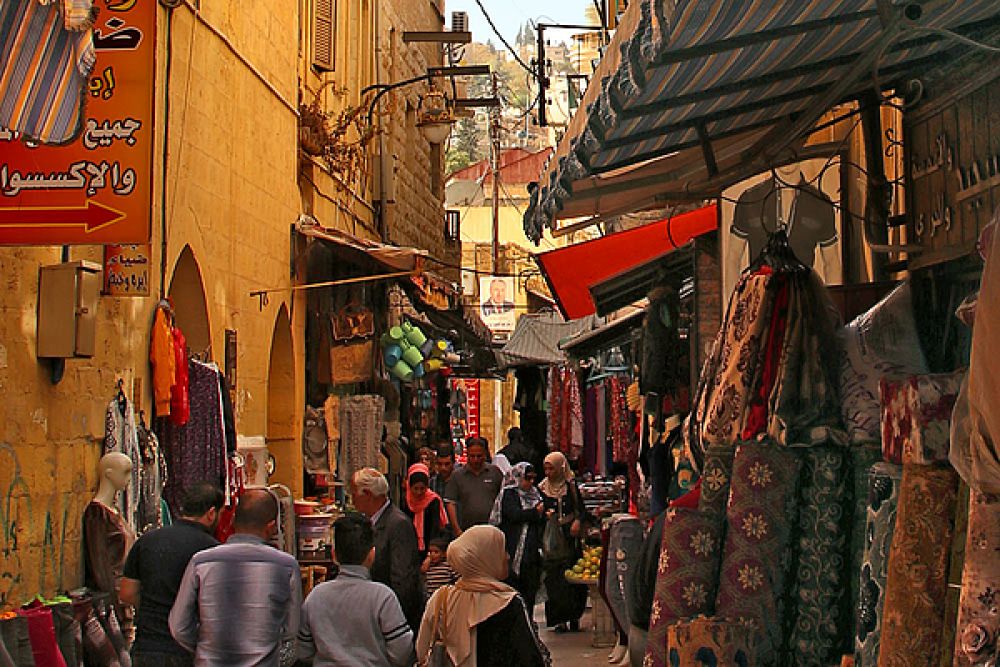

Al Salt, located in the Balqa Governorate of Jordan, has long been known for its historical significance and cultural richness. The origins of tourism in this region can be traced back to the late 19th and early 20th centuries when the area started gaining attention for its health benefits, particularly the therapeutic properties of the Dead Sea. Over time, visitors became attracted to the unique architectural styles, the ancient trails, and the cultural heritage that Al Salt offers.
The city's golden age was during the late Ottoman period when it became a thriving trade center, thanks to its strategic location between the regional trade routes. This prosperity continued well into the British Mandate period in the early 20th century. Al Hammam Street, in particular, gained prominence as a bustling commercial hub where merchants and craftsmen set up shops, selling everything from traditional textiles to spices and local handicrafts.
In the latter part of the 20th century, Al Salt witnessed a resurgence in cultural tourism, with Al Hammam Street Bazaar standing out as a significant attraction. Efforts to preserve the historical character of the area, such as the rehabilitation of old buildings, have made Al Hammam Street an exemplary model of sustainable cultural tourism.
Today, the bazaar is a vibrant marketplace that captures the essence of Al Salt's history, boasting a variety of traditional goods, artisan workshops, and local cuisine. Tourists flock to the bazaar not only to purchase unique handicrafts but also to immerse themselves in the living culture and watch artisans at work.
In recent years, responsible and experiential tourism has begun to take root in Al Salt. Visitors are increasingly seeking authentic and sustainable travel experiences. This has led to the development of community-based tourism initiatives, where tourists can engage directly with locals through homestays, cooking classes, and cultural exchange programs.
Al Salt was listed as a UNESCO World Heritage site in 2021, acknowledging its eclectic mix of European and Islamic urban architectural styles, known as the "Ecclectic Architecture", which has further piqued the interest of travelers worldwide. This recognition has placed greater emphasis on preserving the cultural integrity and promoting the historical narratives that streets like Al Hammam encapsulate.
Furthermore, the trend of digital engagement has also made its mark on Al Hammam Street Bazaar. With the rise of social media, more travelers are now discovering this hidden gem through platforms like Instagram and Facebook. The local government and tour operators are leveraging this trend by improving online presence and offering virtual tours, thus opening Al Hammad Street Bazaar to a global audience.
As tourism evolves, Al Salt, and particularly Al Hammam Street Bazaar, continue to adapt while maintaining the rich history and culture that define this extraordinary Jordanian destination.